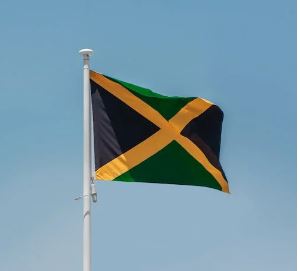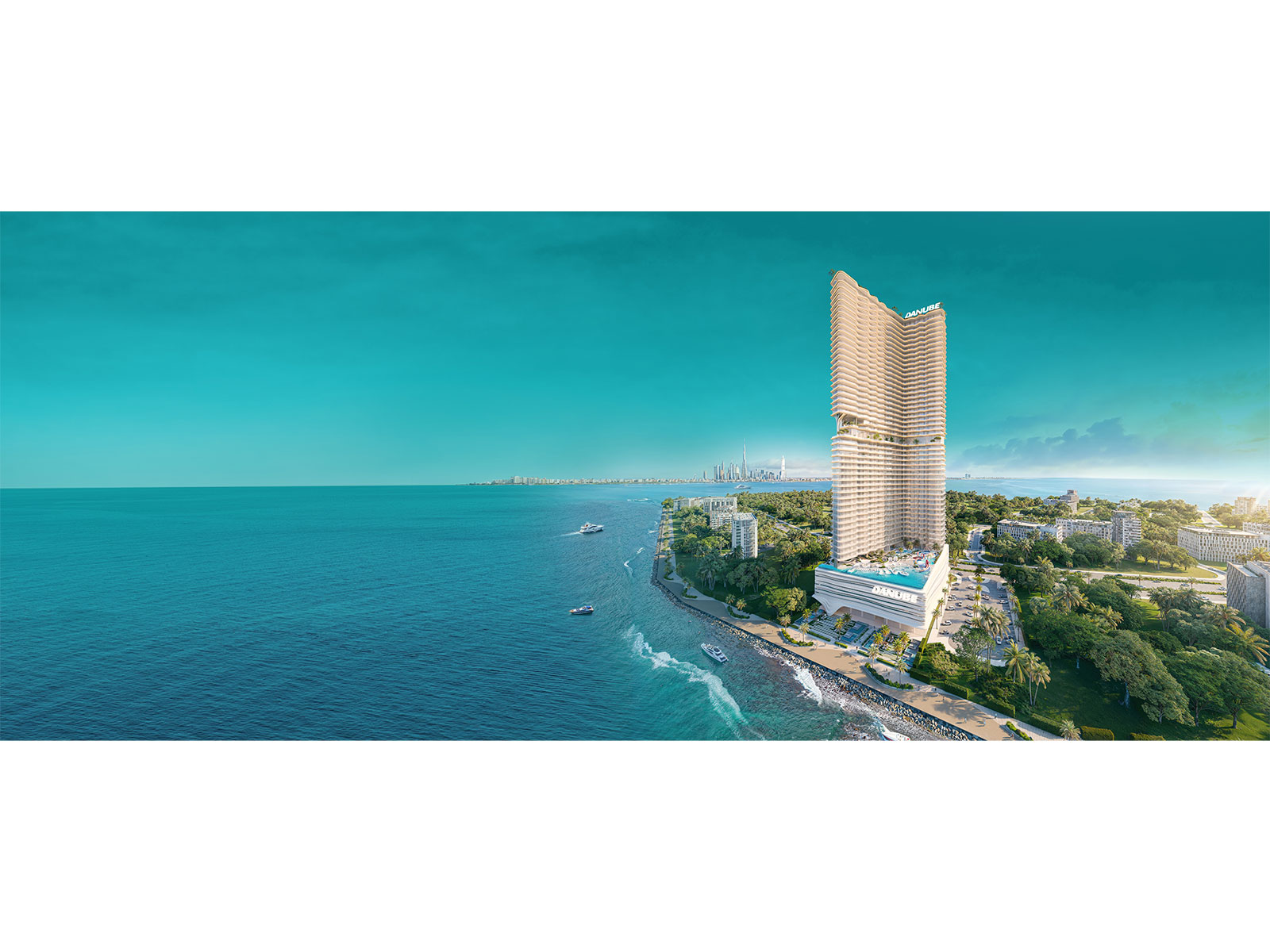Category 5 hurricane Melissa makes landfall in Jamaica, NHC says
Oct 29, 2025
Kingston [Jamaica], October 29: Hurricane Melissa made landfall in Jamaica on Tuesday (local time) as a category five hurricane, the US National Hurricane Centre (NHC) said in its latest advisory.
It was one of the most powerful hurricane landfalls on record in the Atlantic basin, the NHC added.
Jamaicans have been bracing for the impact as the hurricane threatened catastrophic storm surges, flash floods, and landslides as the worst storm to hit the Caribbean island this century.
"Don't bet against Melissa because you will lose," warned Jamaican government minister Desmond McKenzie, as authorities implored residents to seek protection in shelters and fortify their residences.
Hundreds of thousands of Jamaicans were already without power as Melissa approached on Tuesday morning, lashing the coast with violent gusts and torrential downpours.
Jamaica's 'storm of the century'
The Category 5 storm, the strongest possible on the Saffir-Simpson scale, was about 55km southeast of the Jamaican resort town of Negril as of 1600 GMT and packing maximum sustained winds of 295km per hour, with even higher gusts, the US National Hurricane Centre said.
The Miami-based hurricane centre warned that "total structural failure" was likely in Melissa's path.
"It's a catastrophic situation," the World Meteorological Organisation's tropical cyclone specialist Anne-Claire Fontan told a press briefing. "For Jamaica, it will be the storm of the century for sure."
Storm surges of up to four metres were expected, she said, with rainfall set to exceed 70cm, causing "catastrophic flash flooding and landslides", she said.
Nearby Haiti and the Dominican Republic have faced days of torrential downpours leading to at least four deaths, authorities said. At least three people died during storm preparations in Jamaica, local media reported.
The NHC expects the storm to remain as a strong hurricane when it crosses eastern Cuba to move over the Bahamas and Turks and Caicos by Wednesday.
Bahamian Prime Minister Philip Davis has ordered evacuations for people in southern and eastern parts of the archipelago.
In Cuba, authorities said they had evacuated upwards of 500,000 people from areas vulnerable to winds and flooding.
Storm intensified on approach
Melissa's slow movement over unusually tepid Caribbean water had contributed to its ballooning size and strength, NHC forecasters said, threatening Jamaica with days of never-before-seen catastrophic winds and rain.
Melissa could bring up to 762mm of rain to parts of Jamaica, and up to 30cm to parts of the island of Hispaniola, the NHC said.
The International Federation of the Red Cross said up to 1.5 million people in Jamaica were expected to be directly affected by the storm.
"Today will be very difficult for tens of thousands, if not millions of people in Jamaica," IFRC official Necephor Mghendi said via video link from Port of Spain in Trinidad and Tobago.
"Roofs will be tested, flood waters will rise, isolation will become a harsh reality for many."
To enable swift relief distribution, essential items such as tarpaulins, hygiene kits, blankets, and safe drinking water had been pre-positioned in Red Cross branches on the island, he said, with over 800 shelters set up for evacuees.
'A dire situation unfolding in slow motion'
Jamaica's meteorological service on Tuesday said Melissa was likely to make landfall in the parish of St Elizabeth, which was hit badly by last year's Hurricane Beryl.
On Monday, Prime Minister Andrew Holness ordered mandatory evacuations for parts of southern Jamaica, including the historic town of Port Royal.
He warned of damage to farmlands, homes, and infrastructure on the island, which is roughly the size of Connecticut and whose main airports sit close to sea level.
"There is no infrastructure in the region that can withstand a Category 5," he said.
Holness said his government was as prepared as possible, with an emergency response budget of US$33 million (US$57m) and insurance and credit provisions for damage a little larger than that sustained from Beryl.
Beryl was the earliest and fastest Atlantic hurricane on record to reach Category 5, but scientists warn that storms are becoming stronger and faster as a result of climate change warming ocean waters.
"Slow-moving major hurricanes often go down in history as some of the deadliest and most destructive storms on record," said AccuWeather chief meteorologist Jonathan Porter. "This is a dire situation unfolding in slow motion."
Source: Fijian Broadcasting Corporation








